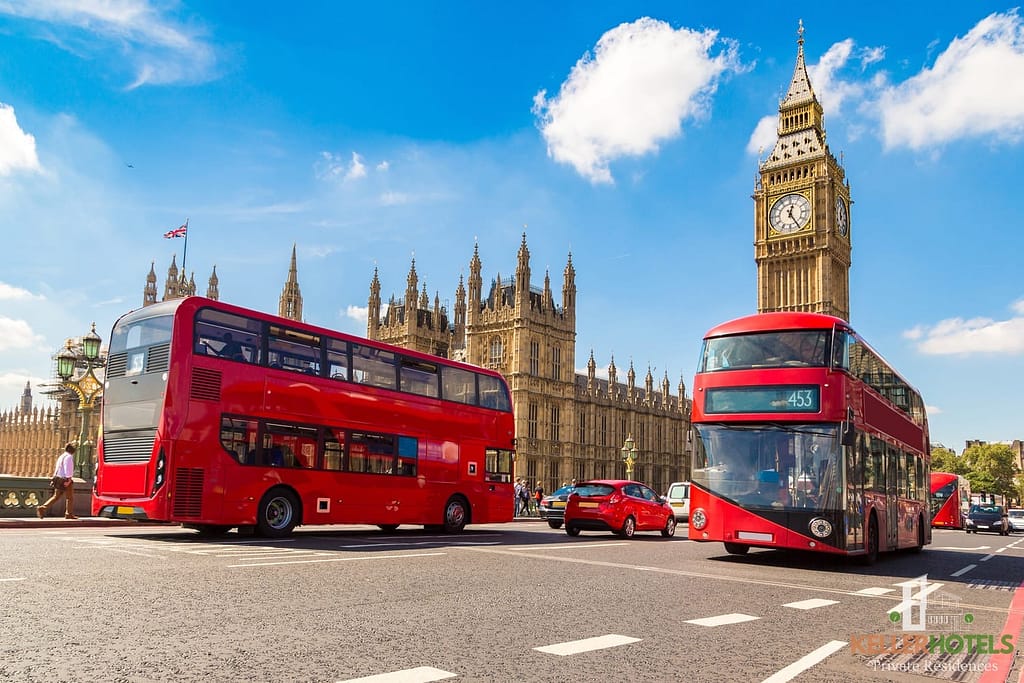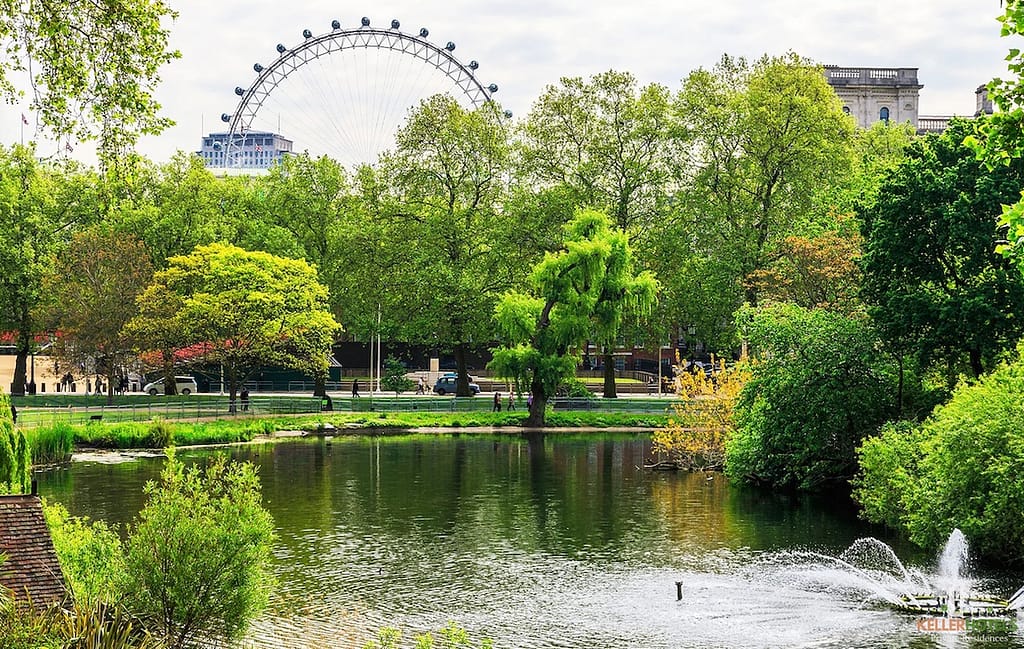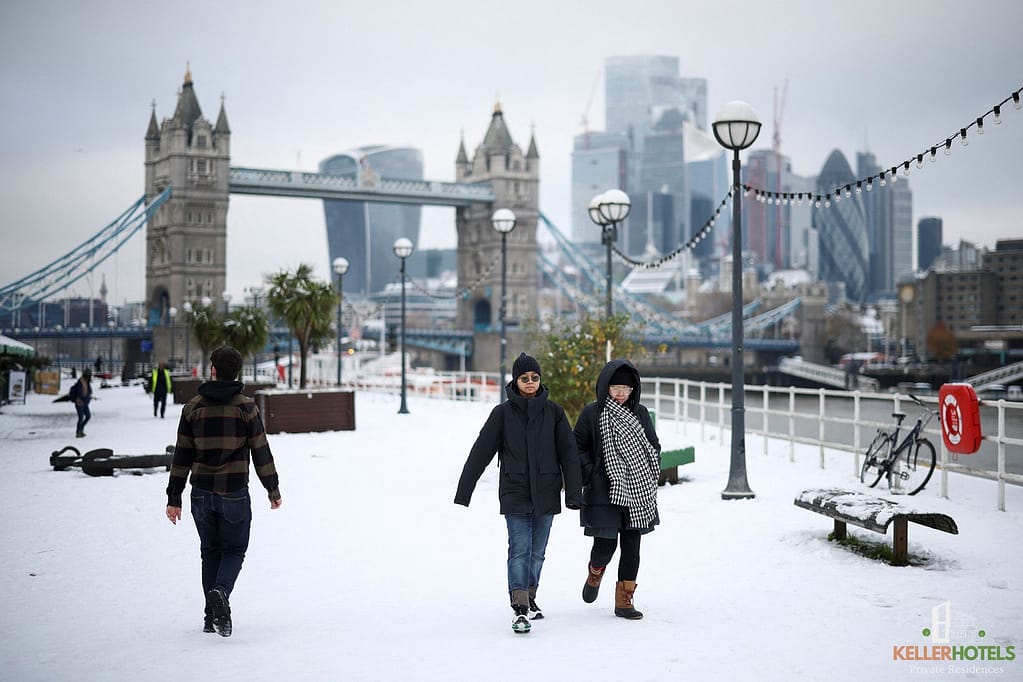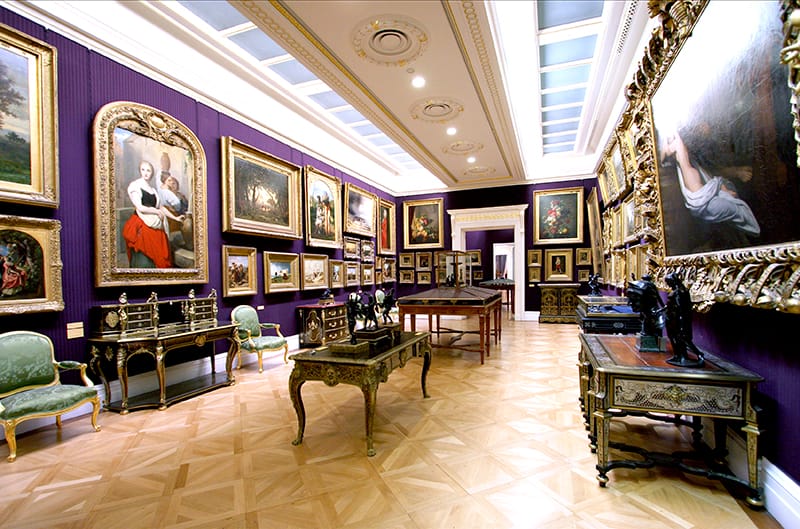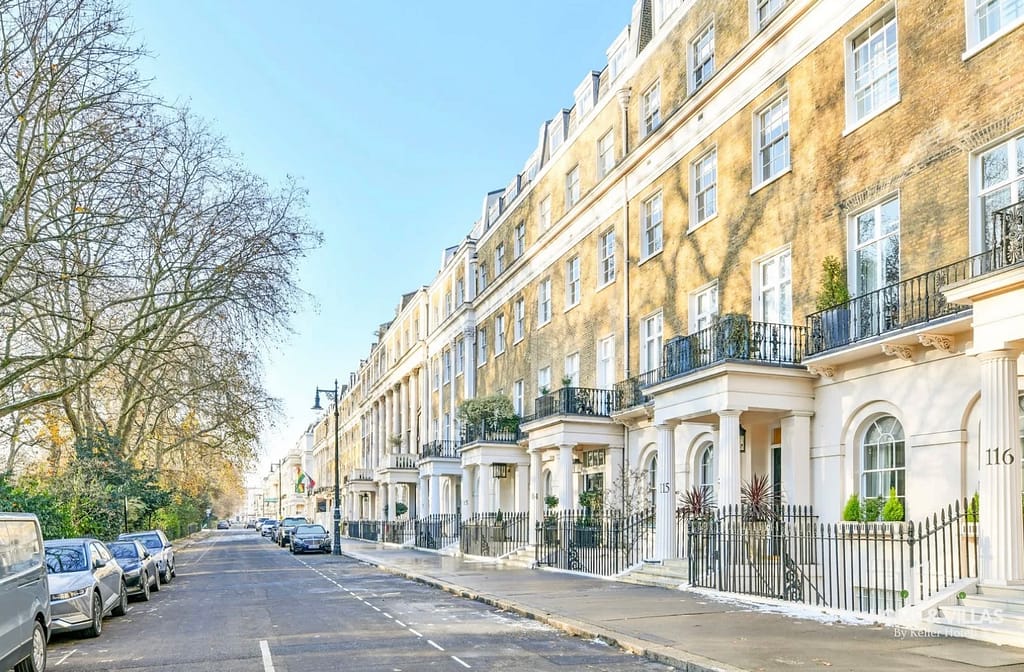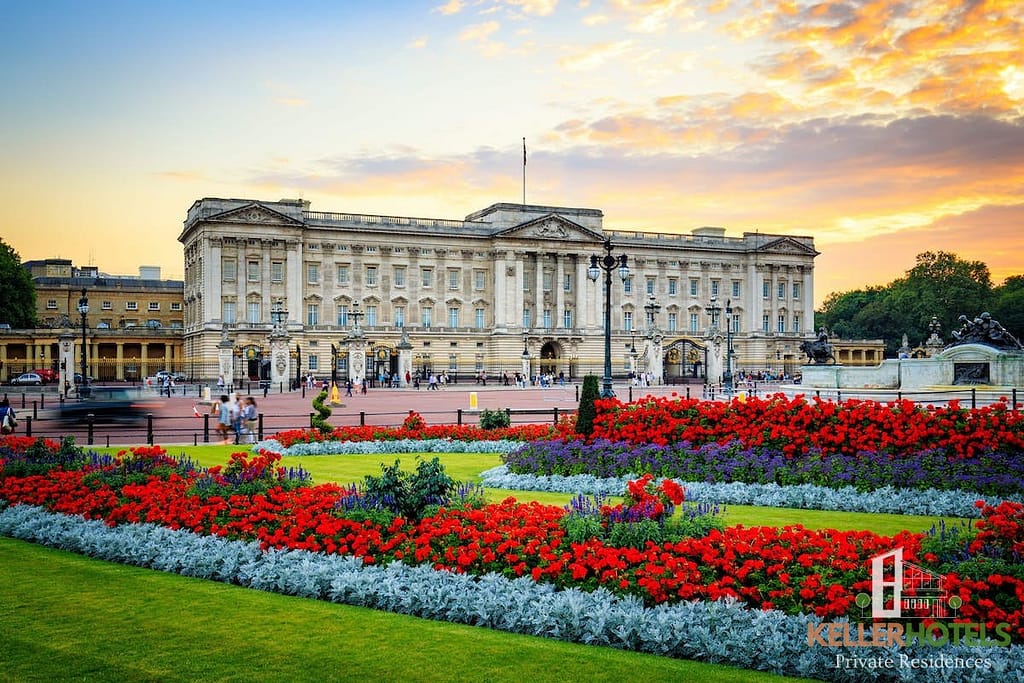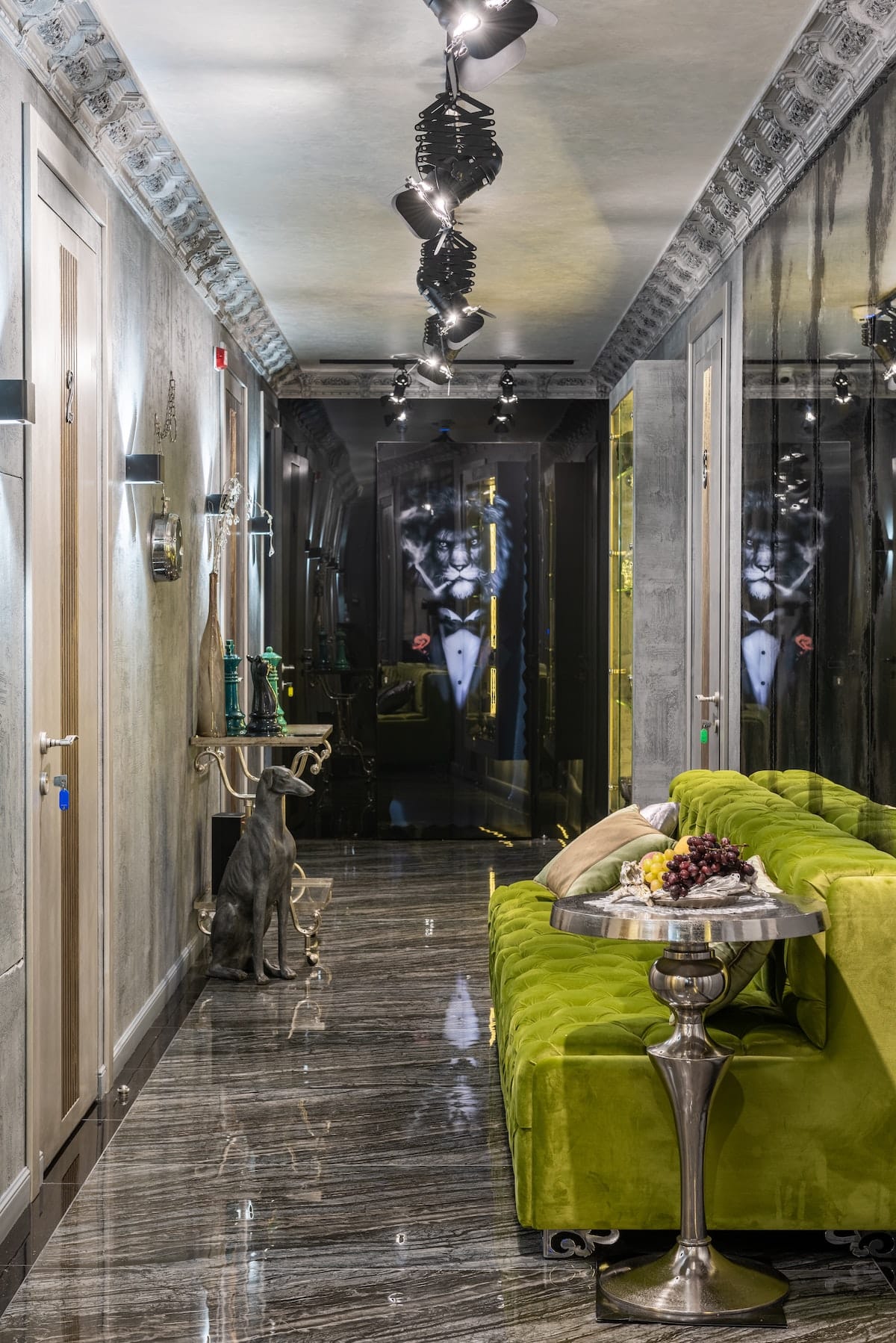About Us
Keller Hotels Private Residences
We at Keller Hotels Private Residences are constantly looking for innovative methods to better serve our customers, provide possibilities for our owners and business partners, and establish ourselves as leaders. The was founded in 2010 Since the launch of furnished apartment vacation rentals in Beverly Hills, California, our company has expanded throughout the world and offers new locations every year. Let’s take a moment to reflect and learn more about our past.
